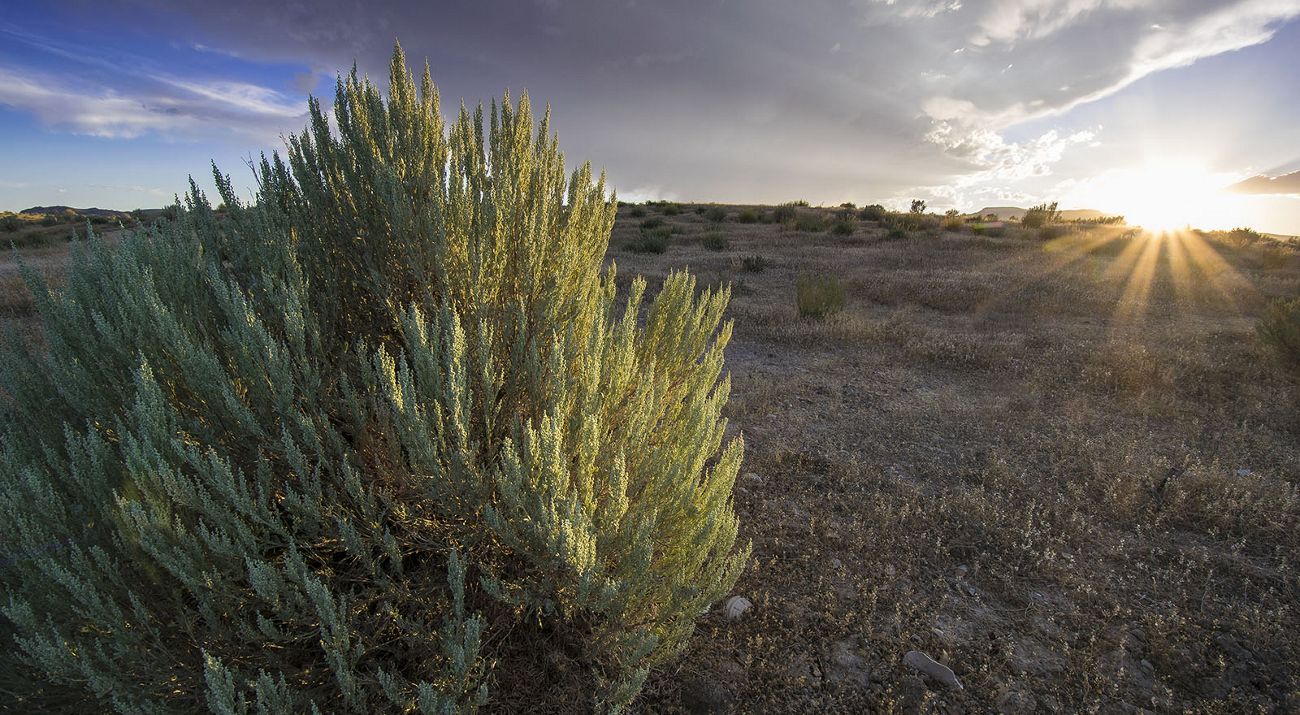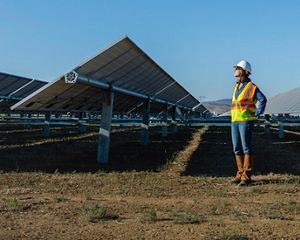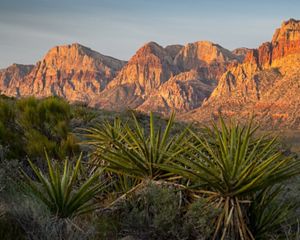Through its Mining the Sun Initiative, The Nature Conservancy is focused on making it easier to put renewable energy facilities on already developed sites across Nevada, rather than on healthy, undeveloped lands that are important for clean water, open space and wildlife. In Nevada, closed mining lands offer the biggest opportunity for this use, but other sites like landfills also provide options.
Developing more renewable energy creates jobs, offers investment opportunities and is a key solution to climate change. However, it’s estimated that new energy construction in the United States could spread over an area larger than Arizona by 2050. In Nevada, where renewables, including solar, have been rapidly expanding, that development has the potential to impact irreplaceable land, water and wildlife. It’s essential that this development is done in a smart way, guided by science and good policy that incentivizes protecting nature along with promoting economic development.
Brownfields are an Untapped Land Resource with Great Potential for Renewables Future
Brownfields are lands that were previously developed for industrial purposes like mining… but that are no longer in use. According to a Rocky Mountain Institute analysis of data from the U.S. Environmental Protection Agency, there are more than a million acres of brownfield sites (lands previously used for industrial purposes) in Nevada. Those degraded areas alone could provide the needed capacity to reach a 50% Renewable Portfolio Standard (RPS) for Nevada several times over— enough solar energy to power Nevada’s four largest cities.
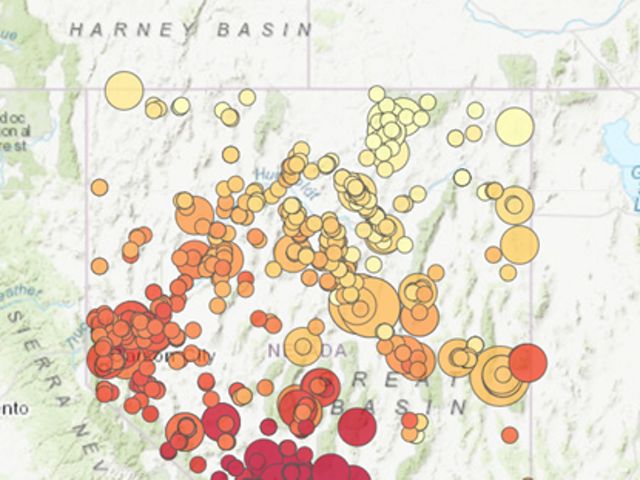
While there will undoubtedly be new energy development projects on greenfields in the future, brownfields sites present a major untapped opportunity to help the state meet its clean energy goals. Brownfield sites could likely offer all the capacity we need to meet Nevada’s renewable energy demands.
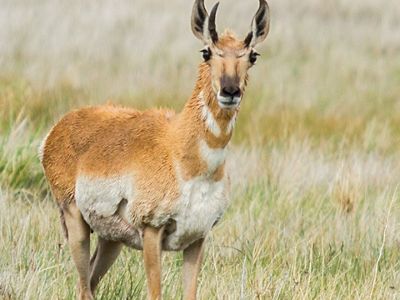
An Elusive Win-Win-Win for Conservation, Energy Development and Mining Companies
Mining companies, renewable energy developers, and conservationists aren’t likely to be the first groups to come to mind for most people when they think of partnerships in Nevada. But that’s exactly the group that came together earlier this year to promote a key regulation change for the Mining the Sun Initiative.
For conservationists, this approach avoids land use conflicts, protecting healthy, intact habitat that might otherwise be considered for development. For the mining and solar industries, it opens up new options and often allows for the reuse of existing transmission lines and other infrastructure. It also supports Nevada’s economy, especially in rural communities.
Quote
By one estimate, renewable energy development on brownfields could provide the megawatts required to reach the 50% renewable mark 20 times over.
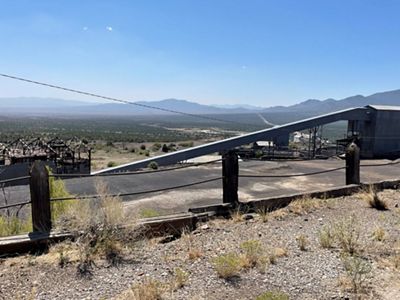
What We Can Do and How You Can Help
TNC has worked with the University of Virginia Law School to identify legal, financial, and other barriers to implementing this common sense approach. We’re working to remove those hurdles and create the incentives to make Mining the Sun a reality. TNC is partnering with Rocky Mountain Institute and the Wilderness Society, who have expertise in energy planning and public lands policy, respectively. We’re committed to working with local utilities, mining companies, power purchasers, clean energy developers and other local partners.
We have already demonstrated that we can make meaningful progress politically on this topic with a successful regulation change that passed earlier this year. That change added “renewable energy development and storage” as a valid use of old mining lands in the state administrative code.
While this is a very important first step, there’s still work to be done. We should do everything we can to take advantage of this great overlooked land resource to support Nevada’s clean energy goals.
TNC is committed to helping make that happen and stands ready to do what’s required to move the Mining the Sun Initiative forward. We’d like to work with as many decision-makers as we can to create a platform for long-term engagement where the necessary details can be worked out.
Nevada Leading the Nation
The EPA estimates that as many as 43 million acres of brownfields exist nationally that could be considered for renewable energy development. By successfully implementing a large-scale approach to prioritizing renewable energy development on brownfields, Nevada could help lead the way toward realizing the potential around the West—and the nation—for this type of development model.
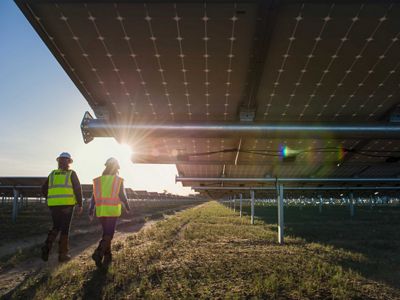
Interested in learning more? Contact:
Jaina Moan, External Affairs Director, jaina.moan@tnc.org
Peter Gower, Strategy Director, Energy, Infrastructure and Land Use, peter.gower@tnc.org
Mining the Sun in the News
- Old Nevada mines may get new leases on life as solar arrays | Las Vegas Review Journal
- Solar Panels on Old Mining Sites? UVA Law Helps Make It Possible | UVA Today
- Working together, groups of different political stripes score a major win | Las Vegas Sun
- Groups: Nevada’s old mine sites could help meet energy goal | Associated Press
- Nevada’s mines could hold key to Question 6 energy standard | Las Vegas Review-Journal
- Regulatory tweak, backed by miners, conservationists, aims to direct more solar to scarred mining lands | Nevada Independent
- Repowering Old Mines With New Energies In The Southwestern United States | Clean Technica
